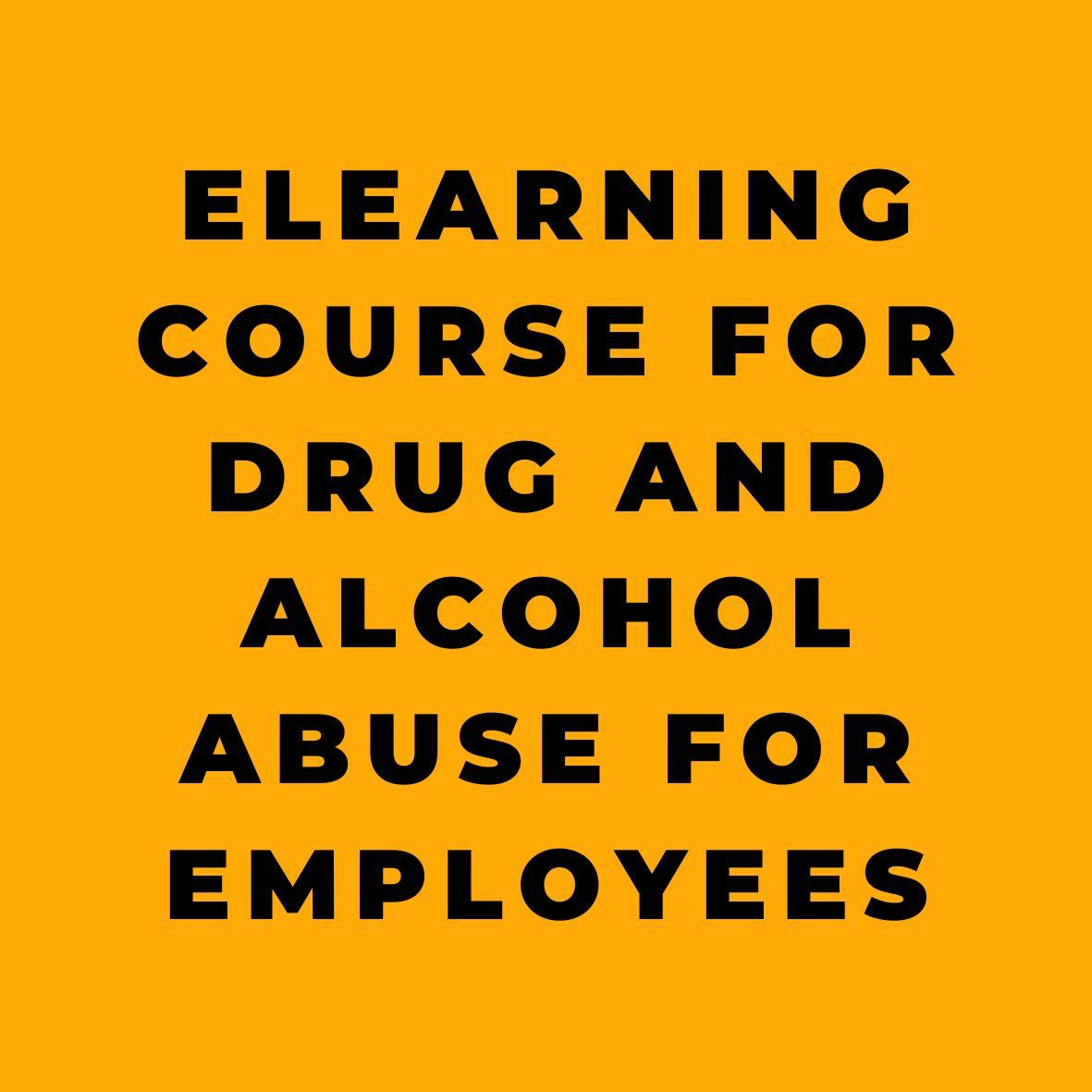According to a report by the U.S. Department of Labor, drug and alcohol abuse in the workplace accounts for 65% of on-the-job accidents and that 38% to 50% of all workers’ compensation claims are related to the abuse of alcohol or drugs in the workplace. Additionally, approximately 1 in every 11 workers in the US (9% of total workforce) struggled with a substance or alcohol use disorder in the past 12 months. Another survey found that 22.5% of people admit to using drugs or alcohol during work hours.
Substance abuse can be a dangerous issue that can affect both an individual’s personal and professional life. Most people have had too much to drink at least once in their lives, but they often don’t realize the real danger that drinking alcohol or using drugs can present. The term “substance abuse” can mean drinking too much alcohol, misuse of over-the-counter medications and prescription drugs, and use of illegal drugs. It can also involve inhaling or “huffing” chemicals, such as solvents, lighter fluid and glue, or eating things like “magic mushrooms” and other toxic plants.
Substances that produce a “high” affect how the central nervous system functions. Depressants such as alcohol, marijuana, and tranquilizers slow down brain activity. Stimulants, including cocaine, crack, and methamphetamine, speed it up. Narcotic analgesics and other “painkillers” such as heroin, morphine, and OxyContin numb the senses, and hallucinogens like LSD alter the way that the brain processes information. Some drugs can affect users in multiple ways. Ecstasy, for instance, is both a stimulant and a hallucinogen.
A substance abuser’s personality and ability to function is directly affected by the drugs they take. Cocaine or other stimulants can make people overconfident, hyperactive and even reckless, which significantly increases the risk of them having an accident on the job. Alcohol, marijuana, and other depressants create a dangerous “sedating effect” that can slow a person’s reaction time and prevent them from thinking clearly, which are also potential workplace problems. Since people frequently feel “good” when they are under the influence of alcohol and drugs, they often don’t recognize that they are actually dangerous to themselves and others. The “residual” effect of a substance can also cause a person to have an accident hours or even days after they last used it. What a substance abuser does on their “own time” can still affect them and their coworkers on the job.
When people think of substance abuse, they often picture an addict living on the street… but the fact is that most abusers have jobs. They are frequently able to conceal their problem from their employers, coworkers, and even their families. Alcohol is by far the most commonly abused of all drugs. In the United States alone, there are over 38 million binge drinkers. Nearly half of all serious workplace accidents are caused by people drinking on the job, and ten thousand people die each year in alcohol-related automobile accidents. Impairment starts with the first drink, making it extremely dangerous to operate vehicles or machinery.
Marijuana is the second-most frequently abused drug. Once illegal throughout the country, marijuana has now been approved for medical and even recreational use in a number of states. Changes in the drug’s legal status do not make it any safer. Like alcohol, marijuana is a depressant that impairs short-term memory, reduces the ability to concentrate, affects coordination, and slows reaction time. All of these effects increase the risk of accidents and injuries in the workplace. Marijuana use also has a cumulative effect that can cause long-term users to lose their ambition, suffer from paranoia, and develop negative personality traits that can hurt their chances for career advancement.
Some drugs can be extremely addictive and have terrible side-effects. Illegal stimulants such as cocaine and crack, “crystal meth” (methamphetamine), and narcotic analgesics such as heroin are among the most dangerous drugs. Methamphetamine is made from highly toxic materials, including anhydrous ammonia, red phosphorus, and lithium. This mixture is so powerfully corrosive that it can cause severe burns and respiratory problems when inhaled. Prolonged use of these drugs can lead to addiction, which can cause physical and psychological dependence, as well as numerous health problems, such as heart disease, liver damage, and brain damage.
Drug addiction is a chronic disease that affects the brain and behavior. It can be caused by a combination of genetic, environmental, and developmental factors, and can be difficult to overcome without proper treatment. Addiction treatment typically involves a combination of medication, therapy, and support groups to help individuals overcome their addiction and achieve long-term recovery.
Prevention is key when it comes to drug addiction, and education and awareness are crucial in this effort. Parents, teachers, healthcare professionals, and community leaders all play important roles in educating people about the dangers of drug use and providing resources for those struggling with addiction.
In addition, laws and regulations are in place to help prevent drug abuse and addiction. These include drug schedules, which classify drugs based on their potential for abuse and medical value, as well as regulations governing the manufacture, distribution, and prescription of drugs. However, despite these efforts, drug addiction remains a significant public health problem that requires ongoing attention and action.

eLearning Course for Drug and Alcohol Abuse for Employees
The statistics surrounding drug and alcohol abuse in the workplace are alarming, with on-the-job accidents and workers’ compensation claims both significantly impacted by substance abuse. In order to address these issues, it is crucial for employers to provide education and resources to their employees. This is where the Dealing with Drug and Alcohol Abuse for Employees course comes in, offering valuable information about the impact of substance abuse on the central nervous system and the potential for addiction and physical dependence. By educating employees on these important topics, companies can work towards maintaining a drug-free workplace and ensuring the safety of their employees.
Our course, Dealing with Drug and Alcohol Abuse for Employees, provides valuable information about substance abuse and its impact on the workplace. It covers various types of substance abuse, including alcohol, illegal drugs, prescription medications, and inhalants. The guide discusses the impact of each of these substances on the central nervous system, as well as their potential for addiction and physical dependence.
The eLearning course emphasizes that substance abuse can affect anyone, regardless of age or occupation. Most abusers are able to conceal their problem from their employers, coworkers, and families. Substance abuse in the workplace can lead to serious accidents, injuries, and even fatalities. The guide stresses the importance of maintaining a drug-free workplace and following the company’s drug and alcohol policy.
The course also provides advice for employees who suspect that a coworker is under the influence of drugs or alcohol. It stresses the importance of reporting such behavior to management and outlines the steps that the company will take to handle the situation. The guide emphasizes that the company’s objective is to get rid of substance abuse, not its employees. Employees who are struggling with substance abuse are encouraged to seek help from Employee Assistance Programs (EAPs) or support groups like Alcoholics Anonymous and Narcotics Anonymous.
This eLearning course is an essential resource for companies and their employees. It provides valuable information about the dangers of substance abuse in the workplace and outlines practical steps for maintaining a drug-free workplace. By following the guide’s advice, employees can help ensure their own safety and the safety of their coworkers.
This training program covers various topics related to substance abuse, including the types of substances that are often abused, how people become dependent on them, and alcohol and drug policies. The program is available in various formats, including micro-learning courses, full-length online courses, DVDs, and interactive CD courses, and is available in both English and Spanish.
The micro-learning curriculum, for example, includes short 3-5 minute courses on various topics, designed to keep employees engaged and involved in the learning process. The full-length online courses use real-life workplace settings and interactive quiz questions to ensure maximum engagement and retention of information.
One of the key benefits of the training program is its incorporation of remediation training. If an employee misses a question on a quiz, the course content is presented again to ensure complete understanding. Training activity is also tracked and recorded, making it easy for managers to monitor employee progress.
We offer a range of safety courses on important topics, including regulatory compliance, human resources, and general safety. With over 170 courses in their library, employees can receive comprehensive training on a variety of topics, such as forklift safety, lock-out/tag-out, and hearing safety. By investing in the safety and well-being of their employees, companies can ensure a productive and safe work environment.
References:










